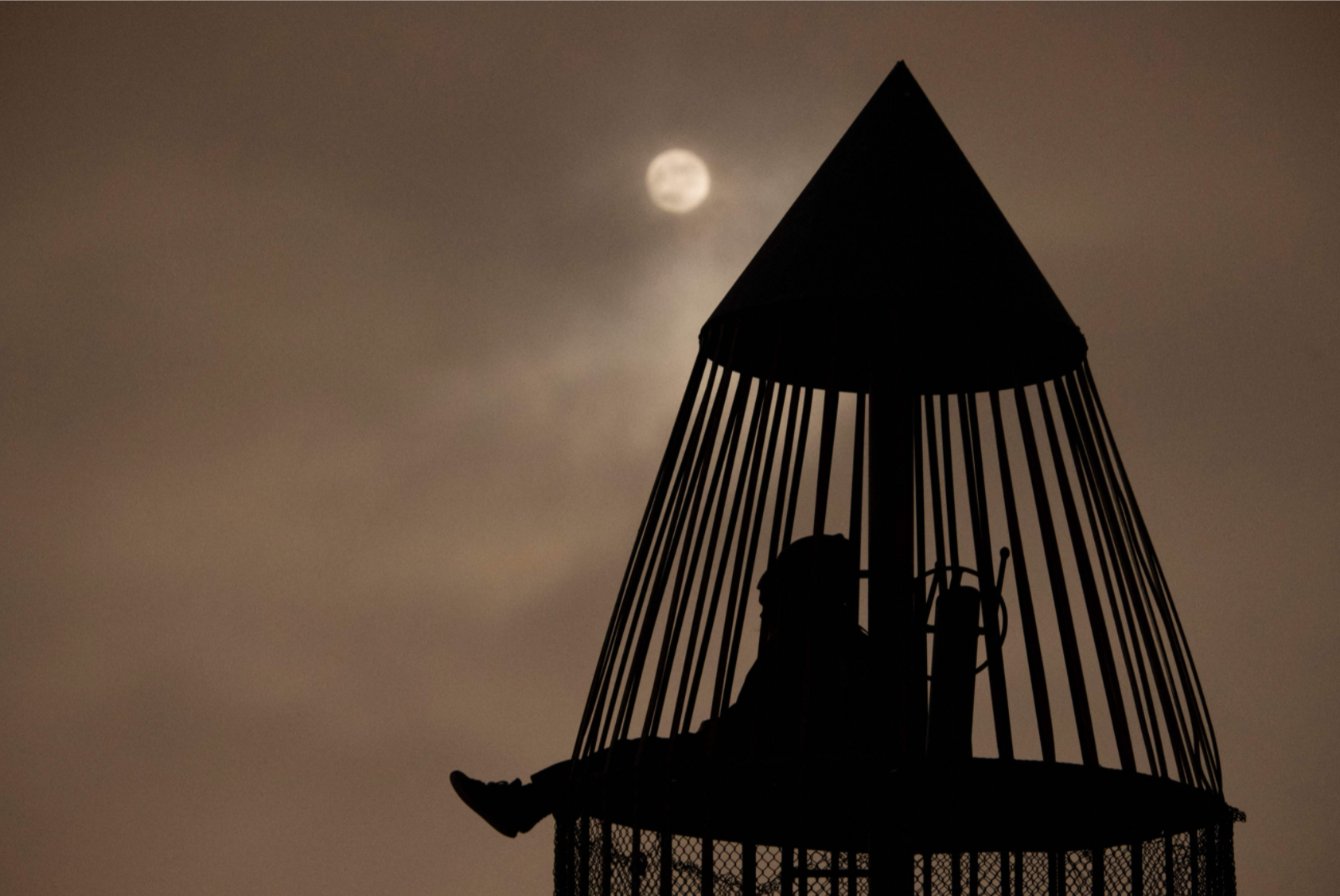Beaver ‘blood’ moon lunar eclipse reaches spectacular peak
This lunar eclipse will be the longest in 580 years

Your support helps us to tell the story
From reproductive rights to climate change to Big Tech, The Independent is on the ground when the story is developing. Whether it's investigating the financials of Elon Musk's pro-Trump PAC or producing our latest documentary, 'The A Word', which shines a light on the American women fighting for reproductive rights, we know how important it is to parse out the facts from the messaging.
At such a critical moment in US history, we need reporters on the ground. Your donation allows us to keep sending journalists to speak to both sides of the story.
The Independent is trusted by Americans across the entire political spectrum. And unlike many other quality news outlets, we choose not to lock Americans out of our reporting and analysis with paywalls. We believe quality journalism should be available to everyone, paid for by those who can afford it.
Your support makes all the difference.The Moon has reached its peak in a lunar eclipse, moving into the shadow of the Earth for the longest time since the 15th Century.
The Beaver Moon eclipse - as is its traditional name among Native American tribes - started at 7.18am GMT and will last for just over six hours.
With only 97.4 per cent of the Moon’s diameter covered by the Earth’s shadow, the celestial movement falls slightly short of being classified as a total eclipse.
Nasa advises those who want to see the spectacle to focus on the constellation of Taurus, in particular the Pleiades star cluster at the top right or the Hyades cluster in the lower left.
The whole event will be visible in the United States, but the dawning of the Sun on Friday morning in the United Kingdom will stop people from seeing the second half of the spectacular event.
The eclipse comes less than half a year after the last partial lunar eclipse in May 2021.
Instead of its usual white, the moon will have a slightly red tint because of the scattering of light waves - the same process which makes the sky appear blue.
The process, called Rayleigh Scattering, splits light waves into their wavelengths. Red has a longer wavelength than blue, and travels more directly through the atmosphere.
“During a lunar eclipse, the Moon turns red because the only sunlight reaching the Moon passes through Earth’s atmosphere. The more dust or clouds in Earth’s atmosphere during the eclipse, the redder the Moon will appear”, Nasa says.
Join our commenting forum
Join thought-provoking conversations, follow other Independent readers and see their replies
Comments